
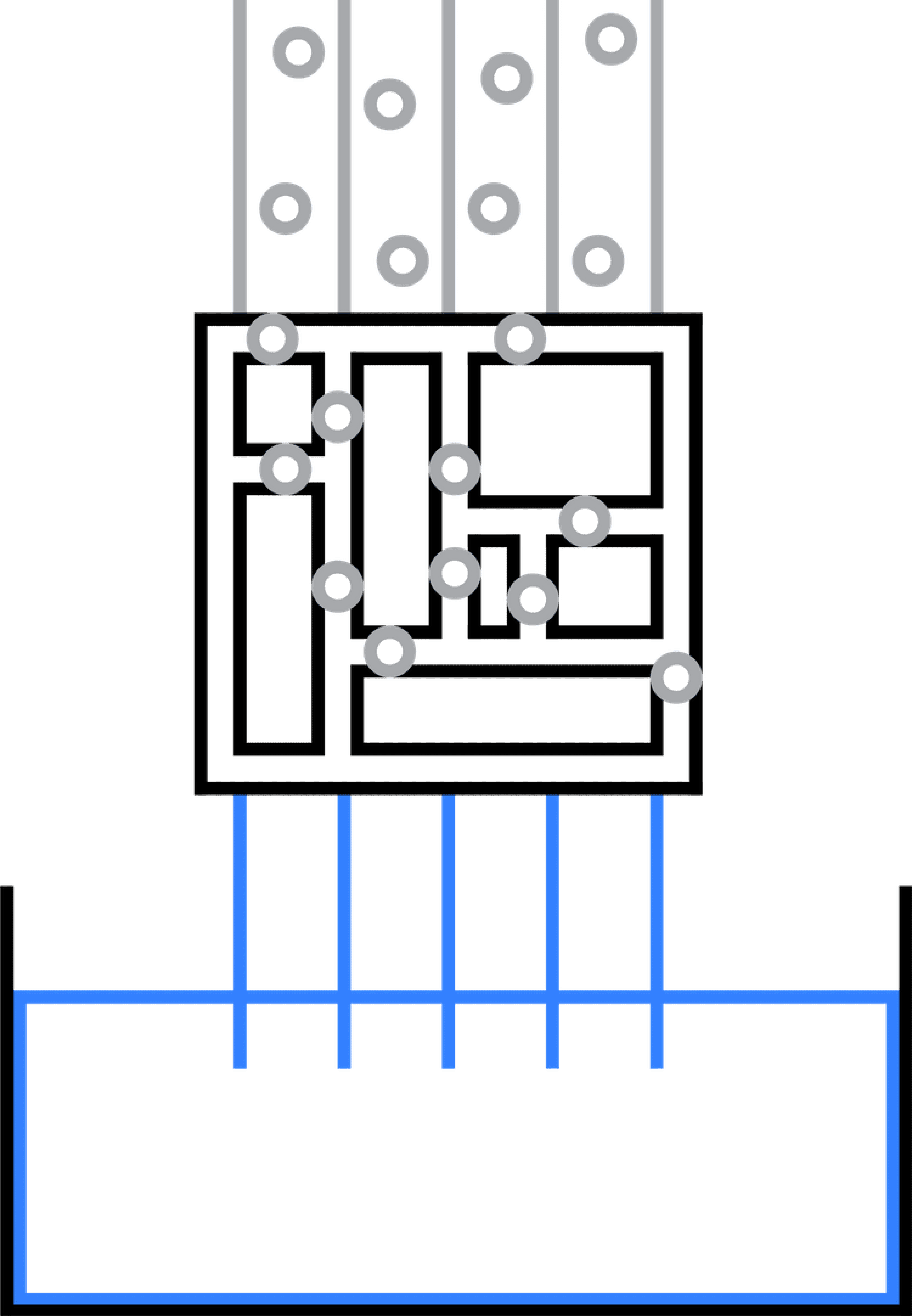
To address problematics of E. coli contamination in
Triglav National Park we started to explore possible
vernacular principles which would be viable within
the constraints of the location.
We decided to dig into mechanical water filtration
with two different types of materials that can act as
filtrators – XYLEM TISSUE and POROUS
CERAMICS.
We imagined water filtration very simply: contaminated water
enters a filter in which particles are retained in the pores.
Purified water flows out of the filter.

First material we used as a water filter was xylem tissue from pine
and spruce wood. Since xylem tissue allows water to flow
through while blocking most types of contaminants that are
bigger than 70 nm, sapwood can filter out more than 99 % of E.
coli bacteria.
The spruce tree filters were used also because of the tree
species being widespread in Slovenia.
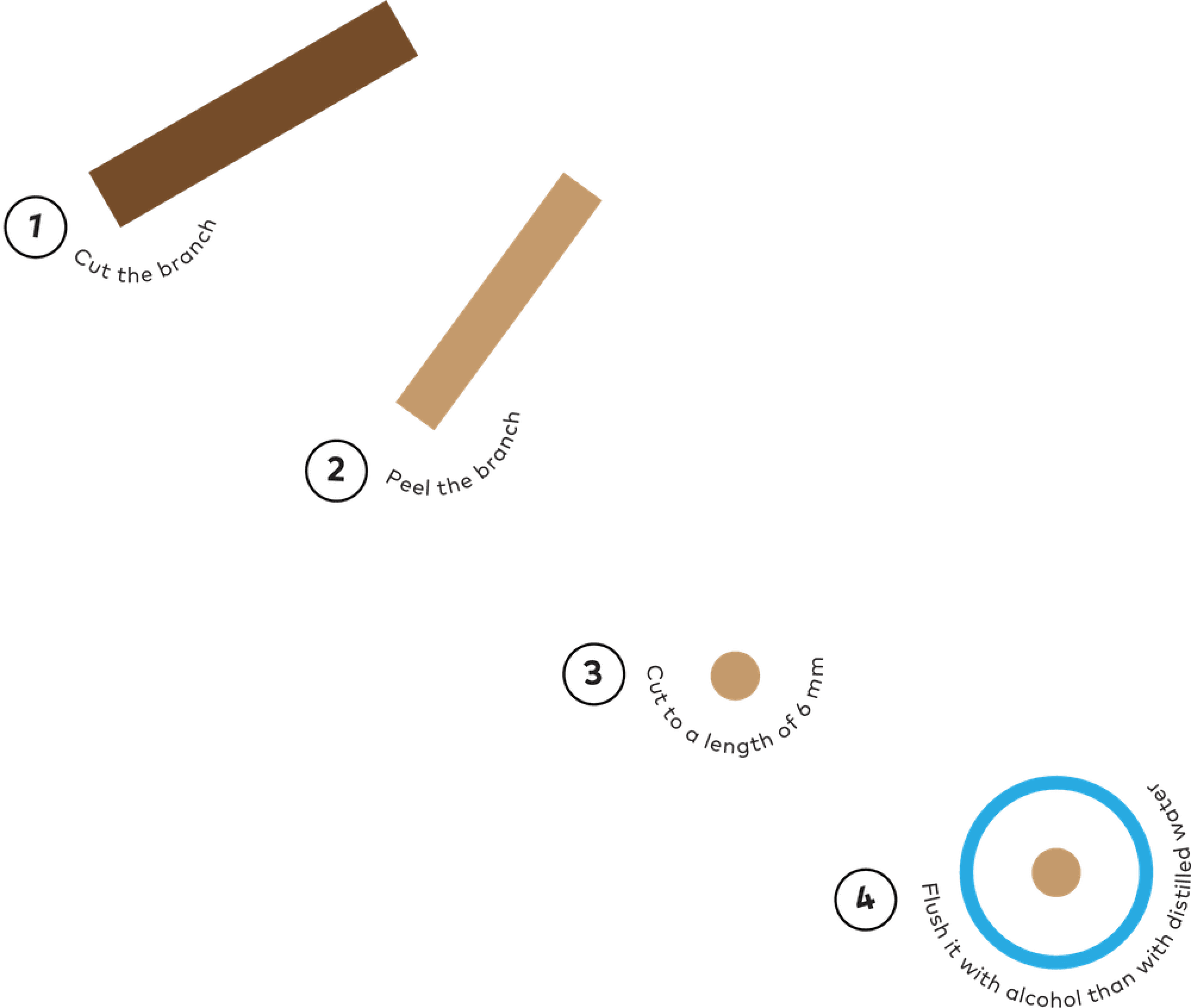
Photo by Bor Cvetko
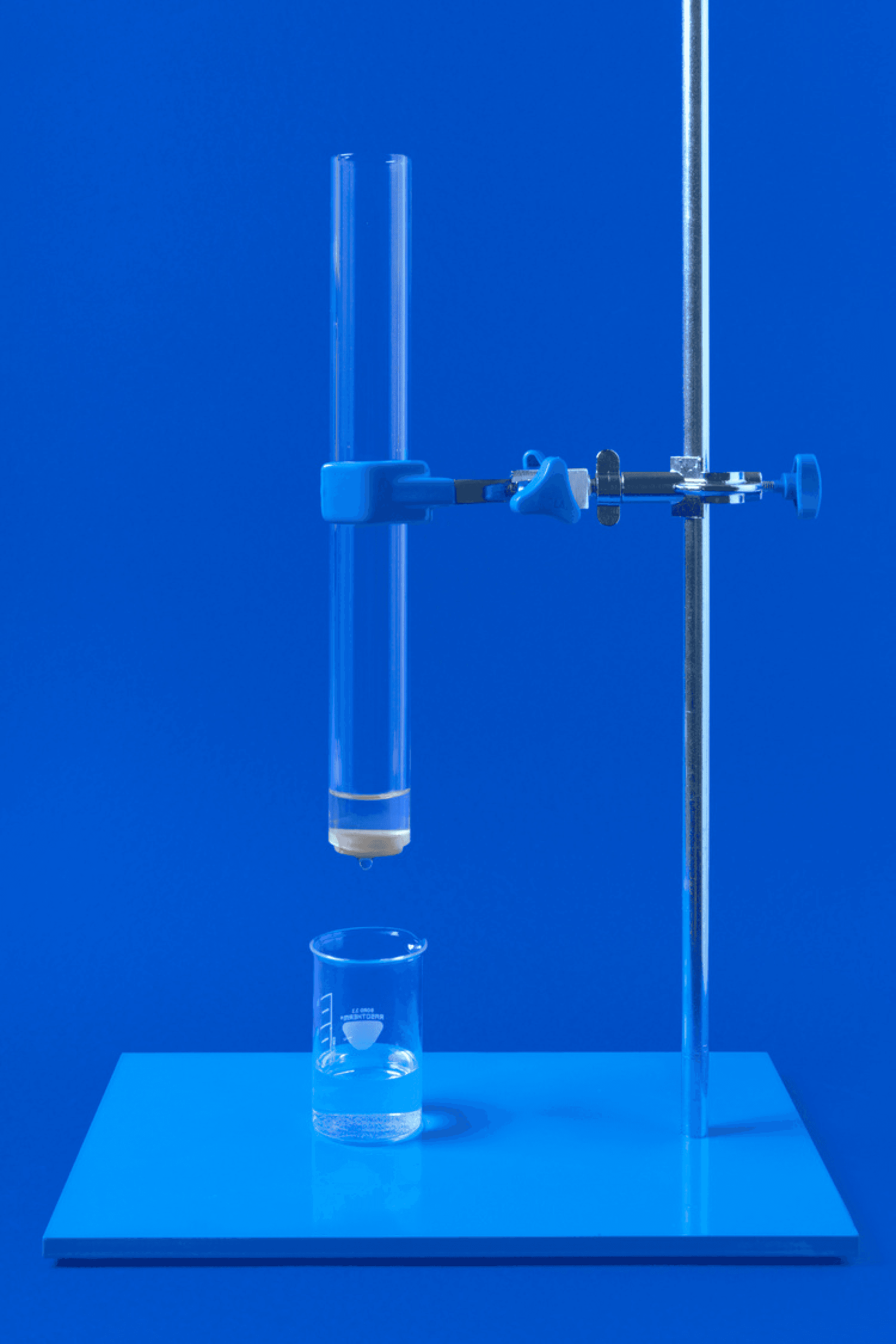
Making a xylem filter.
Xylem filters also have their drawbacks. The filters have to be
swapped out regularly because the bacteria saturate the wood
which then loses its ability to filter the water. The filters also must
not dry out otherwise they also lose the ability to filter water.

Ceramic filters are affordable and sustainable, furthermore they
are also more versatile than xylem filters, however they must be
regularly cleaned to function properly. Small pore structure of
ceramic filters removes up to 99 % of bacteria, sediments and
turbidity but at the same time doesn’t remove minerals.
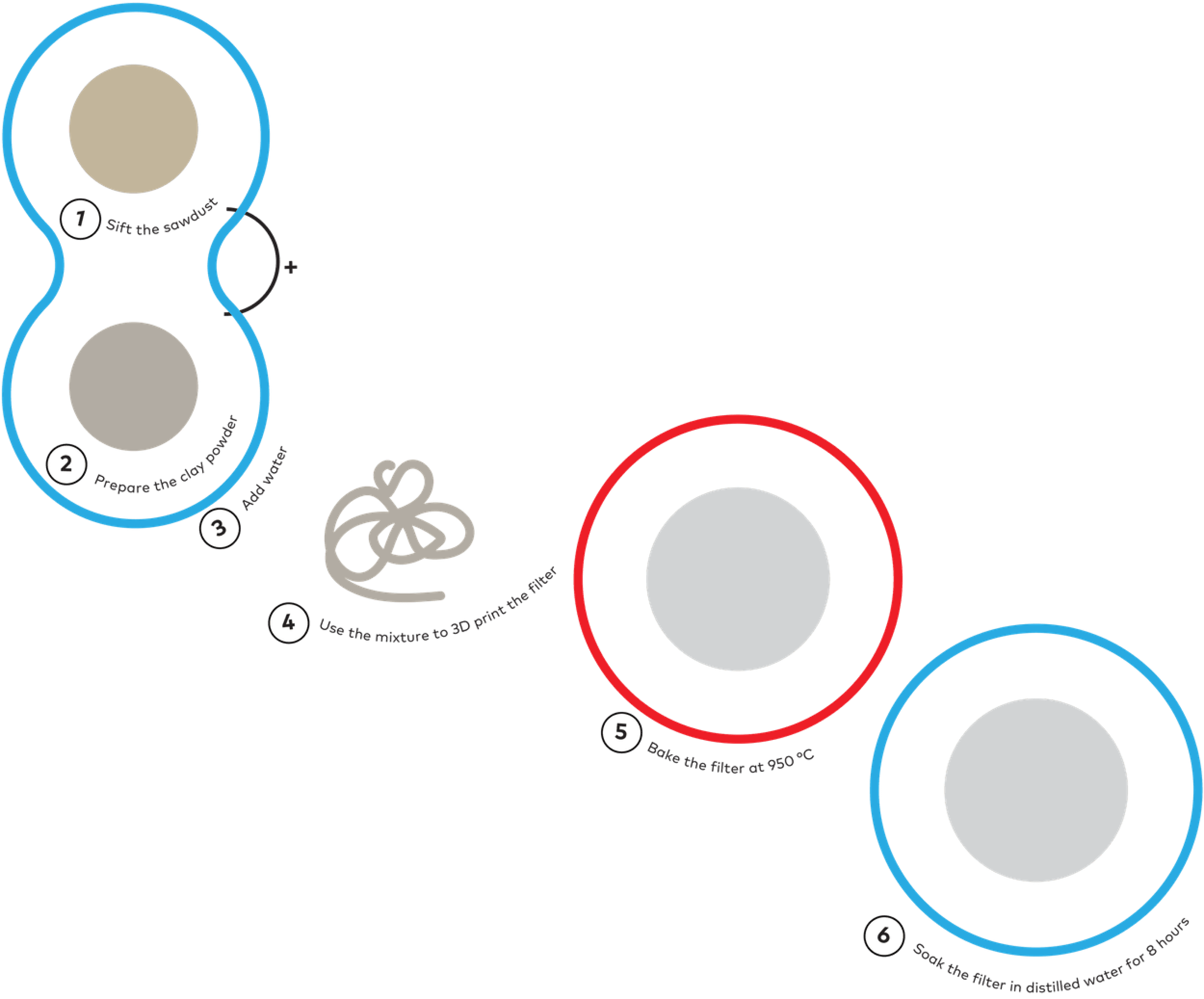
Photo by Bor Cvetko
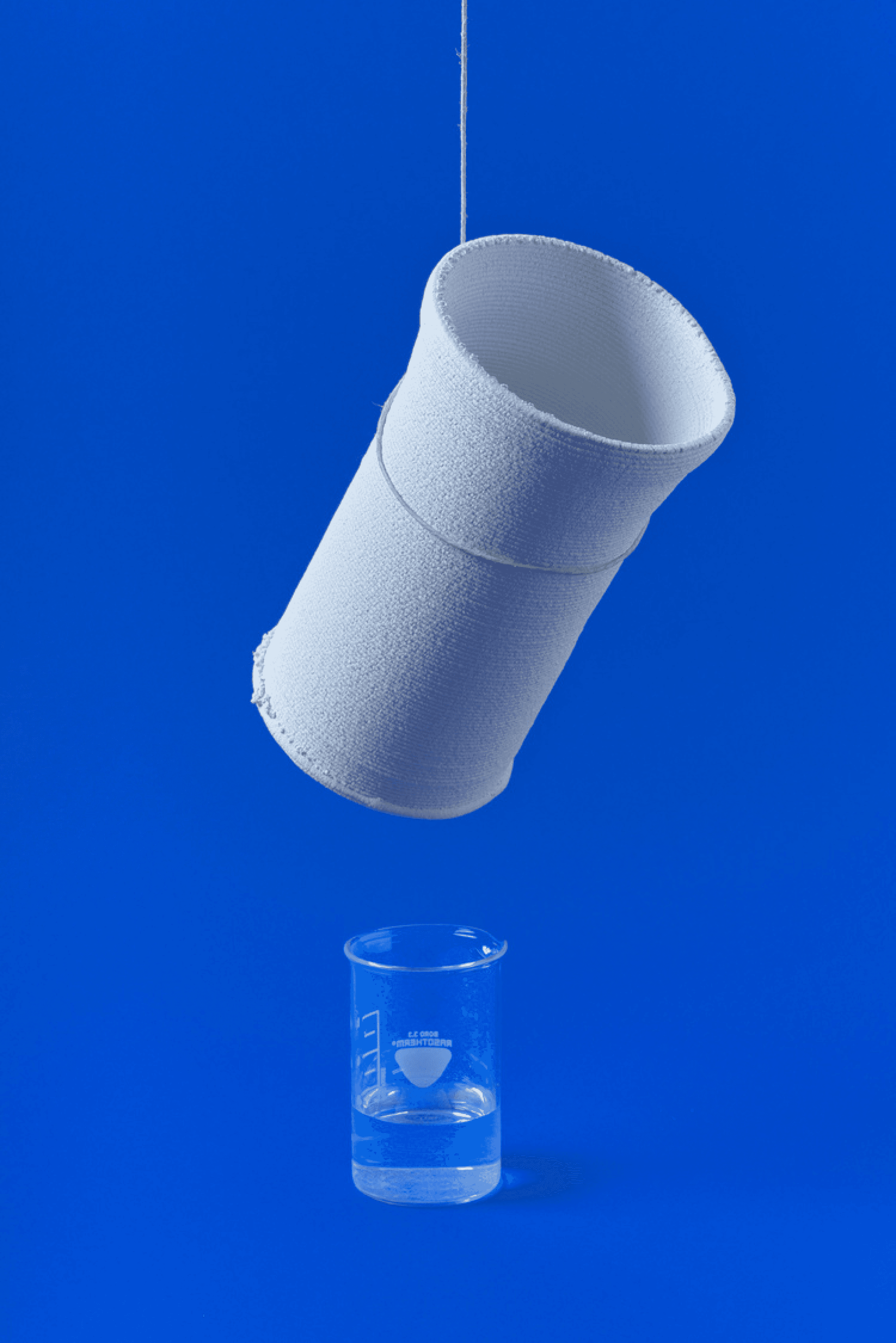
Making a ceramic filter.

Stemming from material experimentation the process of form
exploration began with the help of generative design and 3D clay
printing technology.
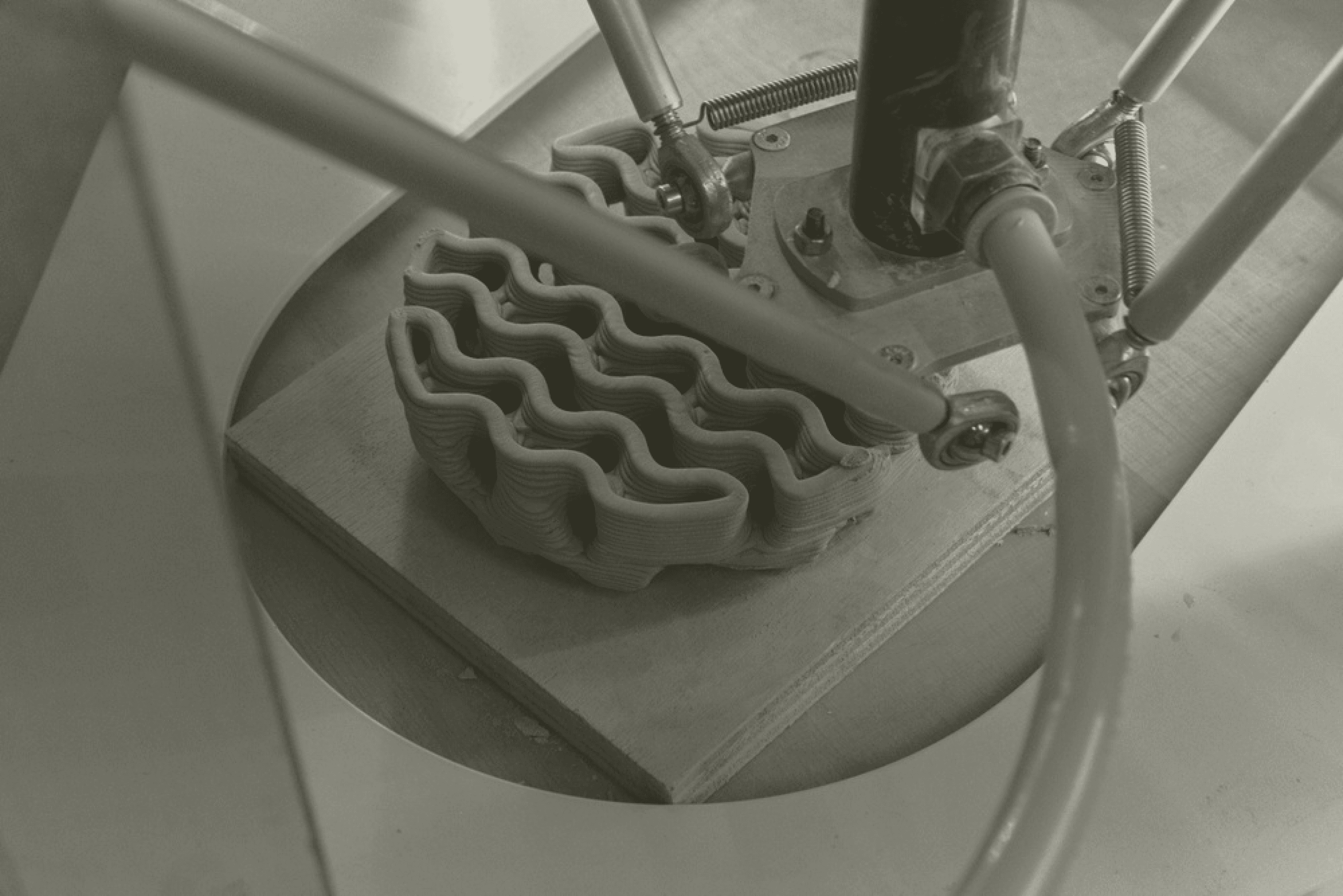
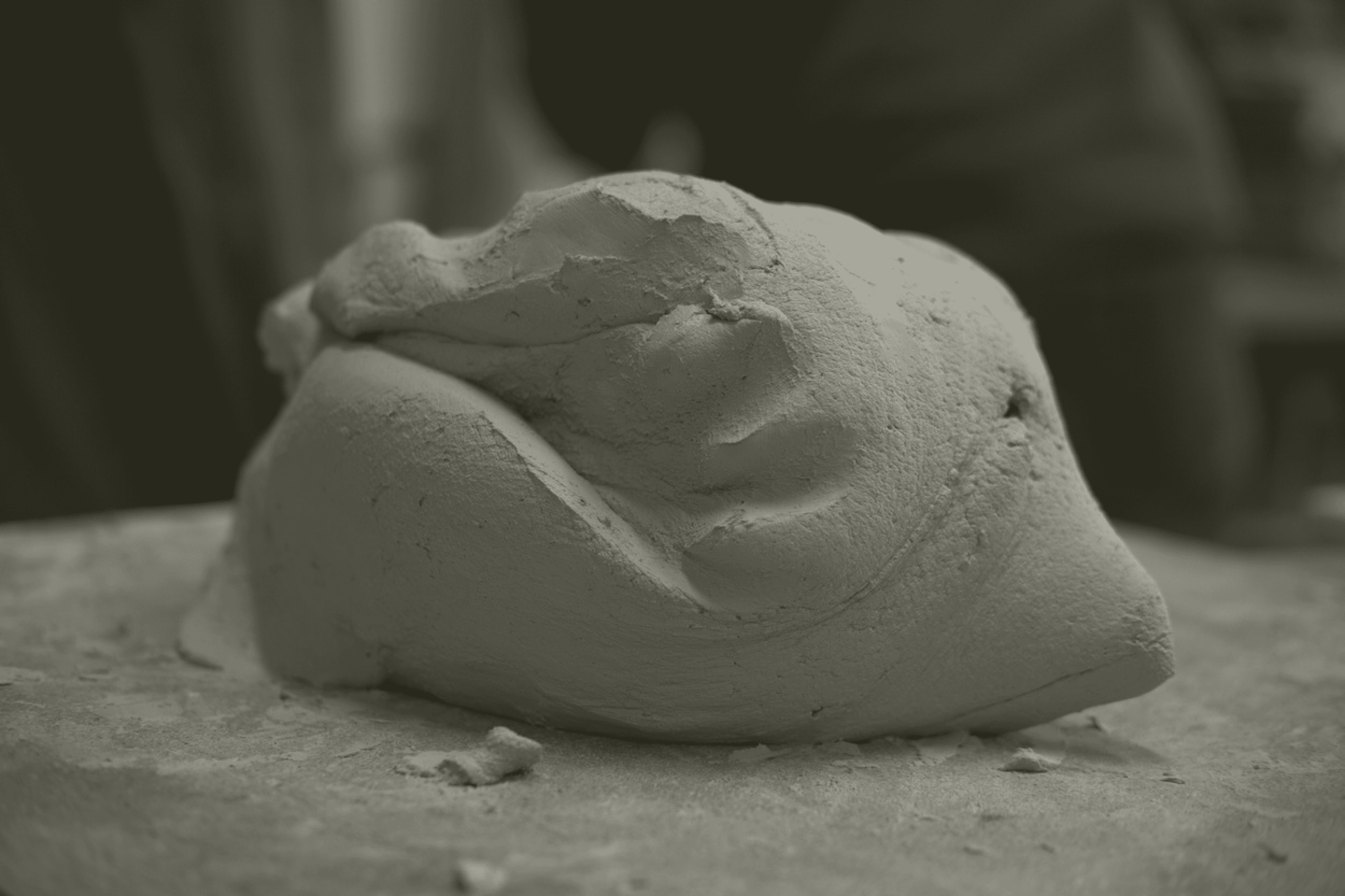
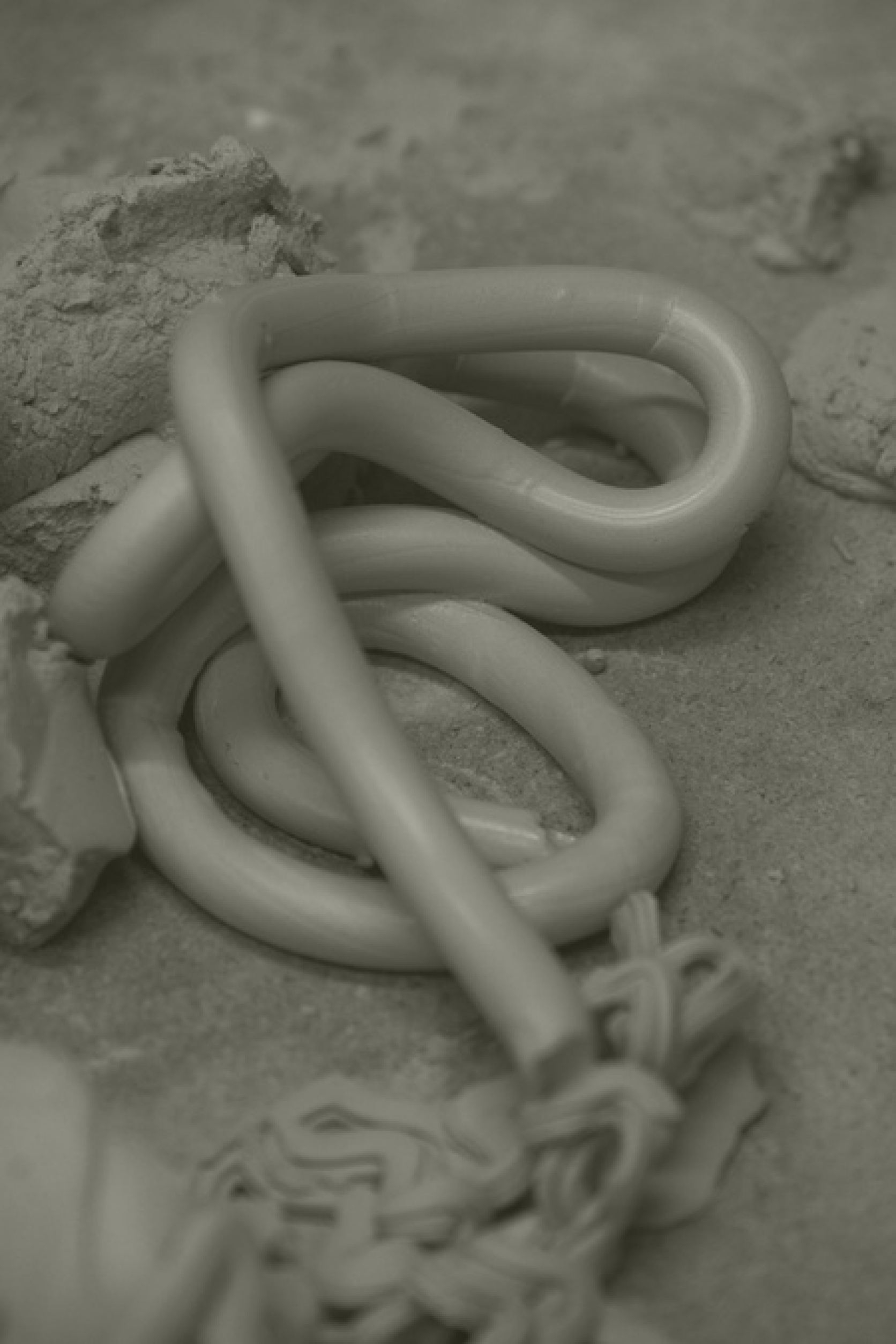
Photo by Bor Cvetko
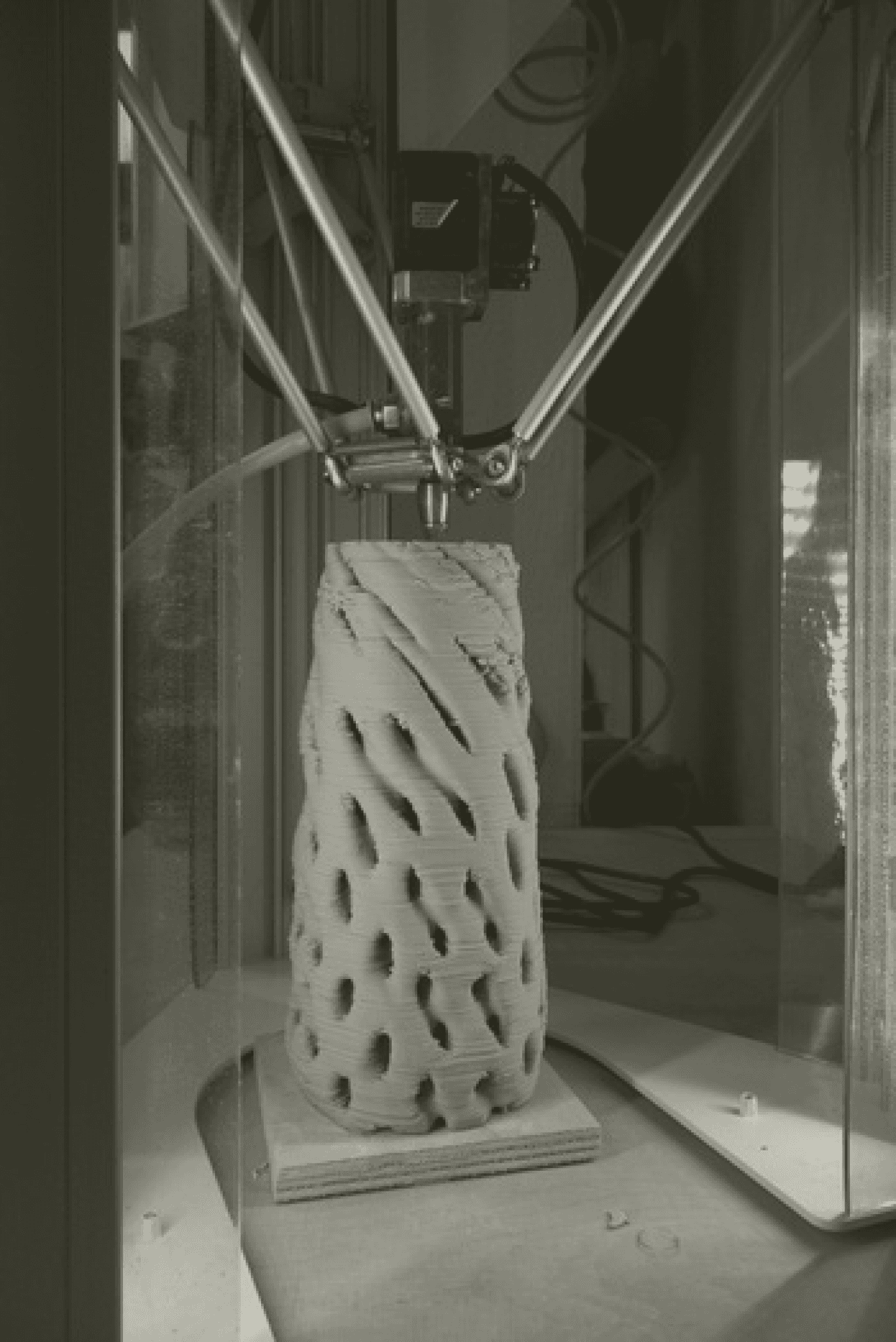
The goal was to generate forms that would act as scaffolding for
the water, enable and improve water permeability and enable
water movement and its upwards directed flow. To take
advantage of hydraulic pressure under the surface, the
underwater objects were designed in a way which enables water
absorption through the entire surface of the structure.
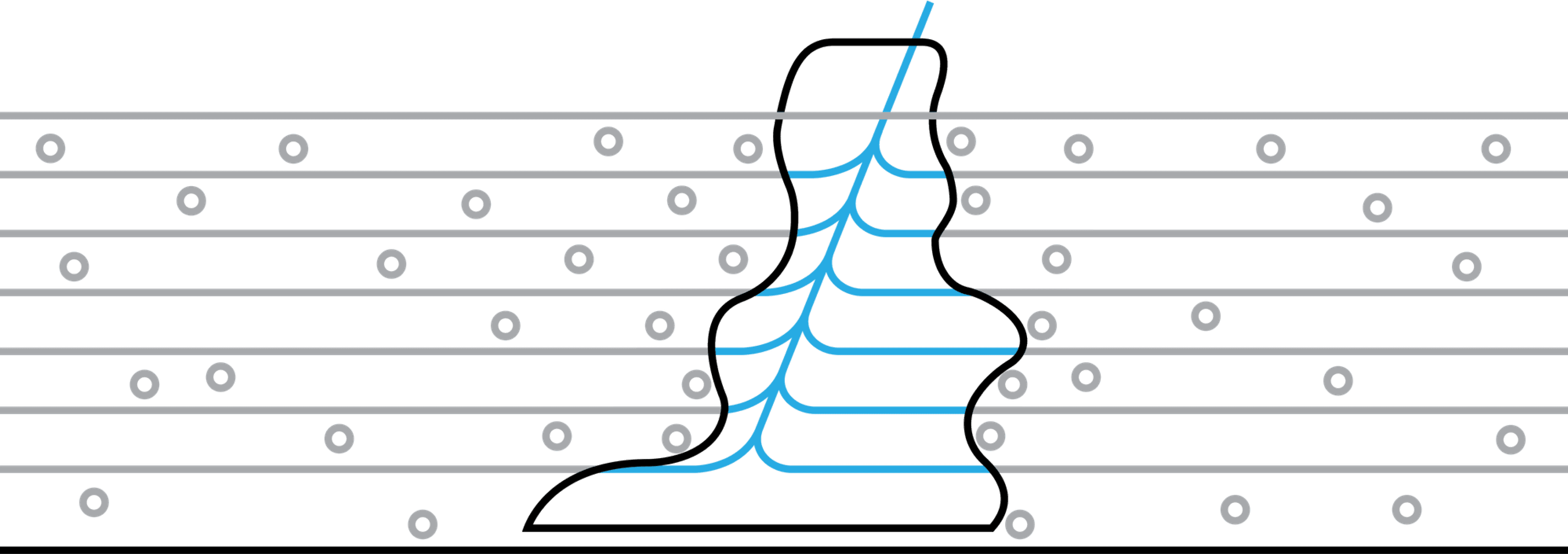
Polluted water enters the facility from all sides.
PROCESS

